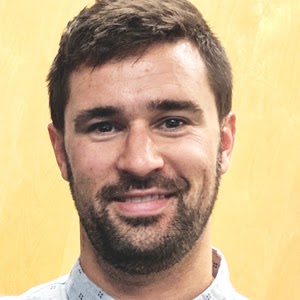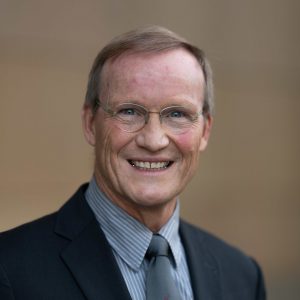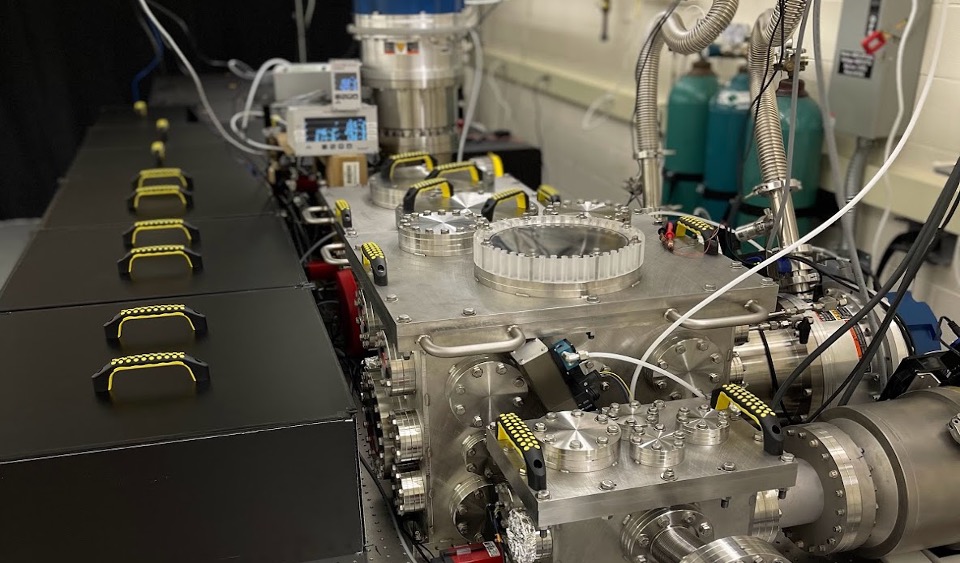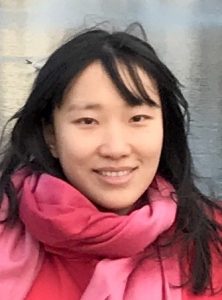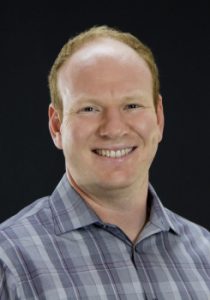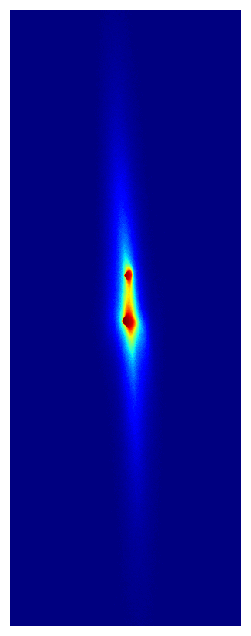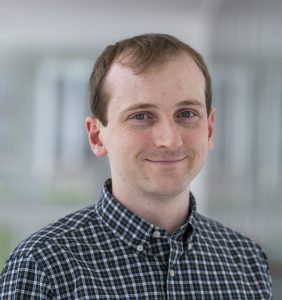
Congrats to Roman Kuzmin, the Dunson Cheng Assistant Professor of Physics, for being selected for an NSF CAREER award. The 5-year award will support Kuzmin and his group’s research on understanding fluxonium qubits and how their properties can be used to simulate the collective behavior of quantum materials.
Superconducting qubits are one promising technology for quantum computing, and the best-studied type is the transmon. Kuzmin’s work will investigate the fluxonium type, which he expects to be an improvement over transmons because they have demonstrated higher coherence, and their ground and first excited state are better separated from other energy levels.
“These properties make fluxonium behave similar to a magnetic moment, or like a magnetic atom, which we can fabricate in the lab and tune its properties,” Kuzmin says. “Things become interesting when interactions are very strong, and you need to involve many-body physics to describe them. We plan to build circuits which recreate the behavior of these complicated systems so that we have better control and can study multiple collective phenomena that appear in materials with magnetic impurities.”
In the lab, this research will be explored by building circuits with fluxonium qubits, capacitors, and inductors, which are further combined into more complicated circuits. The circuits will be used to test theoretical predictions of such behaviors as quantum phase transitions, entanglement scaling, and localization.
In addition to an innovative research component, NSF proposals require that the research has broader societal impacts, such as developing a competitive STEM workforce or increasing public understanding of science. Kuzmin plans to expand his work in the department’s Wonders of Physics program. This past February, he helped build a wave machine (with Steve Narf) to visually demonstrate patterns of interference, and he performed in all eight shows. His group has also participated in TeachQuantum, a summer research program for Wisconsin high school teachers run through HQAN, the NSF-funded Quantum Leap Challenge Institute that UW–Madison is a part of.
“One of the goals of this proposal is to introduce more quantum physics to the annual Wonders of Physics show; another is to provide hands-on training for high school teachers in my lab,” Kuzmin says. “Together, these activities will increase K-12 students’ engagement with quantum science and technology.”
The Faculty Early Career Development (CAREER) Program is an NSF-wide activity that offers the Foundation’s most prestigious awards in support of early-career faculty who have the potential to serve as academic role models in research and education and to lead advances in the mission of their department or organization. Activities pursued by early-career faculty should build a firm foundation for a lifetime of leadership in integrating education and research.
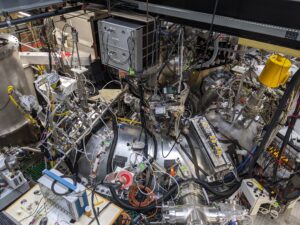
![a graph with time [ms] on the x axis and electron density) aka plasma density on the y axis. Several data lines, given in a rainbow of colors, all go up within the first few ms, hold steady for up to 40ms, and then drop down to 0. A dotted line, representing the Greenwald limit, is shown around 0.75 on the y axis; all but one of the data lines goes well above that dotted line, up to 10x the value of the Greenwald limit](https://www.physics.wisc.edu/wp-content/uploads/2024/07/nlim_summary.png)
